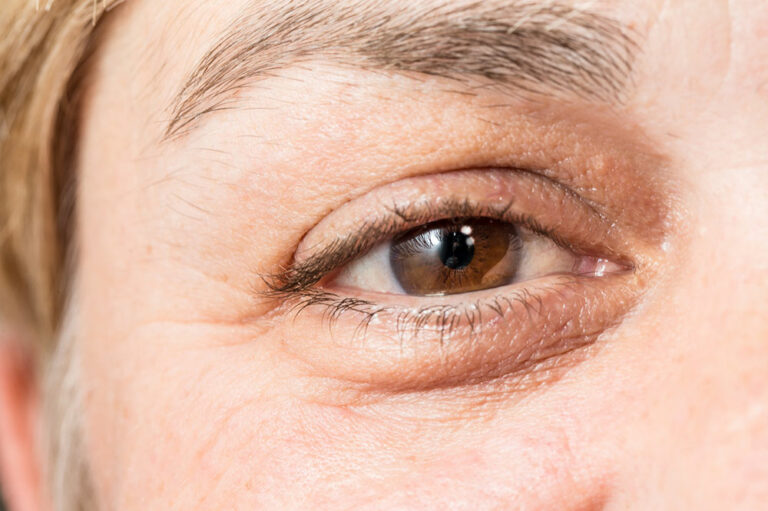
01
6 aspects of pain relief gummies for migraines
Migraines are a form of recurring headaches. They may trigger intense pain, vomiting, light sensitivity, and other symptoms that can interfere with one’s daily activities. Hence, experts recommend various methods to manage the symptoms, including taking pain relief gummies for migraines. However, considering that the chewables are fairly new to many, one might want to know more about them before consumption. Here are six aspects of pain relief gummies one should be mindful of. Functionality The benefits of gummies for pain relief are still being explored. So far, experts suggest that the composition of these chewable supplements interacts with the body’s endogenous cannabinoid system (ECS) through receptors found throughout the body. The ECS is a neuromodulatory system that plays an important role in the development of the central nervous system and the body’s response to endogenous and environmental threats. Benefits Pain relief gummies contain well-known compounds derived from various plants. The properties may help reduce temporary and long-term pain in those affected by migraines. The chewable may also help reduce the other associated symptoms of migraines, such as nausea and inflammation, for a couple of days. The interaction of the chewable ingredients with the receptors propagates the cells to bring down inflammation.
Read More 









